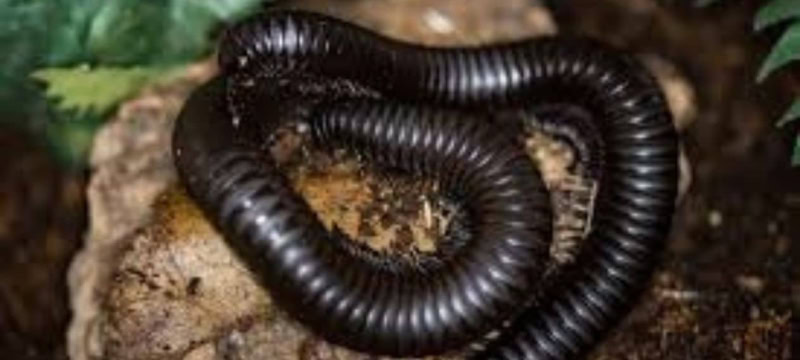A Giant Millipede, previously undocumented for 126 years, has been rediscovered in Makira Natural Park, Madagascar’s largest and most pristine forest. This finding is part of a broader effort by Re:wild, a conservation organization, to locate “lost” species that have not been seen or recorded for at least a decade. Their recent expedition to Madagascar in September has led to the rediscovery of 21 such species.
Christina Biggs, a lost species officer with Re:wild, encountered the Giant Millipede while it was crawling on her boot outside her tent. Initially, she thought it was just an interesting find, not realizing it was a lost species. It was only after Dmitry Telnov, a beetle specialist at the Natural History Museum in London, sent samples to a German expert on Madagascan myriapods that it was confirmed to have been missing since 1897.
Read more: Thinking About Getting a Tattoo? Recent Findings Could Alter Your Decision
The millipede, known scientifically as Spirostreptus sculptus, was found to be relatively common in the rainforest despite its absence from scientific records. The longest specimen measured 27.5 centimeters (10.8 inches). Biggs explained that species may go undocumented due to various reasons, such as disease or lack of interest, rather than just being overlooked or less appealing.
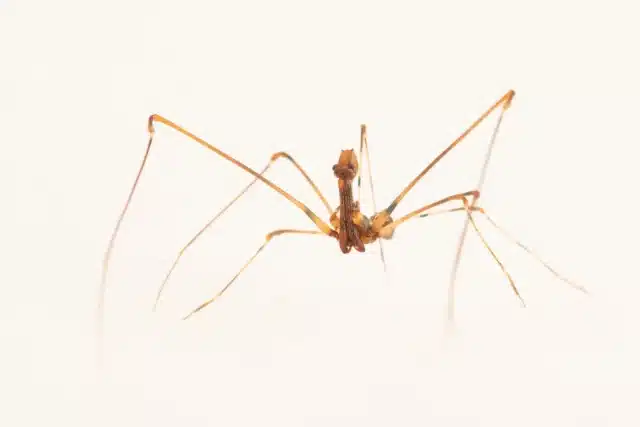
Among the 20 rediscovered species were jumping spiders, ant-like flower beetles, and three fish species. The team also identified new species previously undocumented in Makira, including the zebra spider.
Brogan Pett, director of the SpiDiverse working group at BINCO and a doctoral candidate at the University of Exeter, made the discovery after spotting a distinctive hanging egg sac at a cave entrance. He recognized it as significant due to its characteristic pendulous egg sacs, a feature of the zebra spider family. Inside the cave, Pett found several large adult spiders guarding their egg sacs, and he was struck by the fact that this species had remained unrecognized for so long.
Looking for Rediscovered Species
Biggs notes that Re:wild typically targets one or two species per expedition when searching for lost species. However, due to Madagascar’s rich biodiversity, they employed a different strategy, deploying a team of 30 scientists from various universities and conservation organizations with expertise in diverse species.
Despite their efforts, some species, like the Masoala fork-marked lemur, Calumma vatososa (a large chameleon), and the dusky tetraka (a small yellow songbird), were not rediscovered.
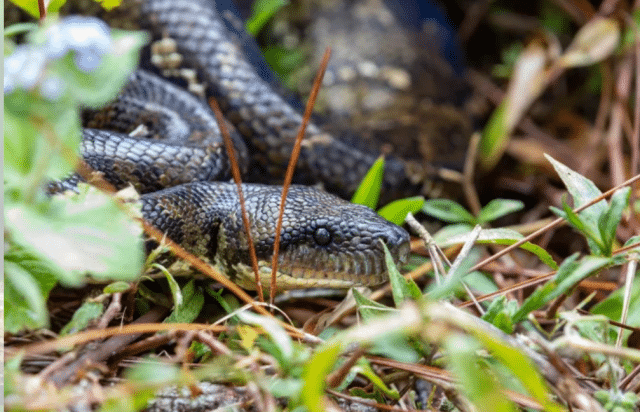
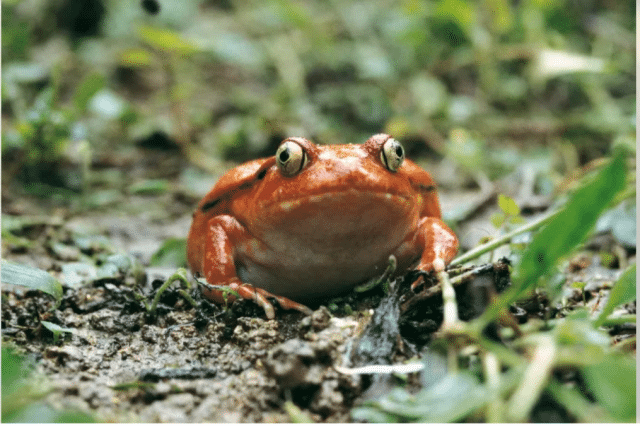
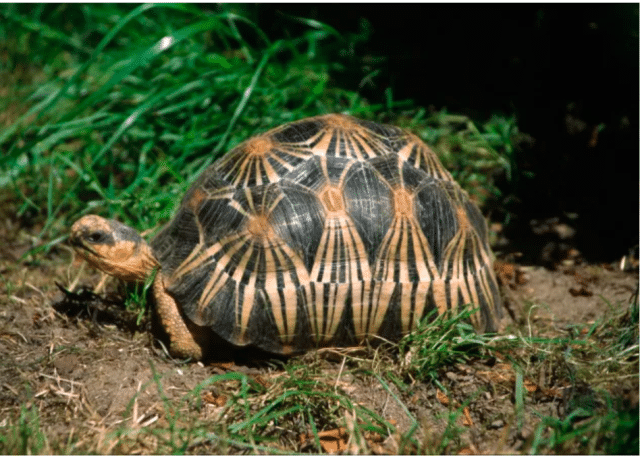
Biggs expresses concern that the absence of certain species might indicate their extinction, especially given Madagascar’s severe deforestation, with a 2023 study estimating an 80% loss of natural areas. Although Makira remains relatively intact, the team observed signs of illegal mining, homesteading, and rice paddies within the protected zone, along with invasive species like mosquitofish, black rats, and land snails that pose a threat to native wildlife.
She notes that larger species that have been undetected for a long time are more likely to be extinct, raising worries about the fork-marked lemur and the Fito leaf chameleon, last seen in 2004 and 2006, respectively. However, the team spotted the dusty tetraka in other parts of Madagascar in 2022 and 2023, suggesting its existence but not confirming its presence in Makira.
Biggs noted that the findings are based on a single survey conducted under very rainy conditions, emphasizing that more research is necessary to determine with certainty whether certain species have become extinct. Re:wild and its partners plan to continue their expeditions on the island to collect additional data.
Merlijn Jocque from BINCO highlighted that effective conservation starts with understanding which species are present and where they are found. Often, this crucial information is missing, which hampers the ability to prioritize and execute conservation efforts effectively.
Biggs hopes that by locating some of the 4,300 species globally that haven’t been documented in over a decade, they can support conservation efforts for at-risk species and prevent extinctions.
“You can’t save what you don’t know is there,” she remarked.


